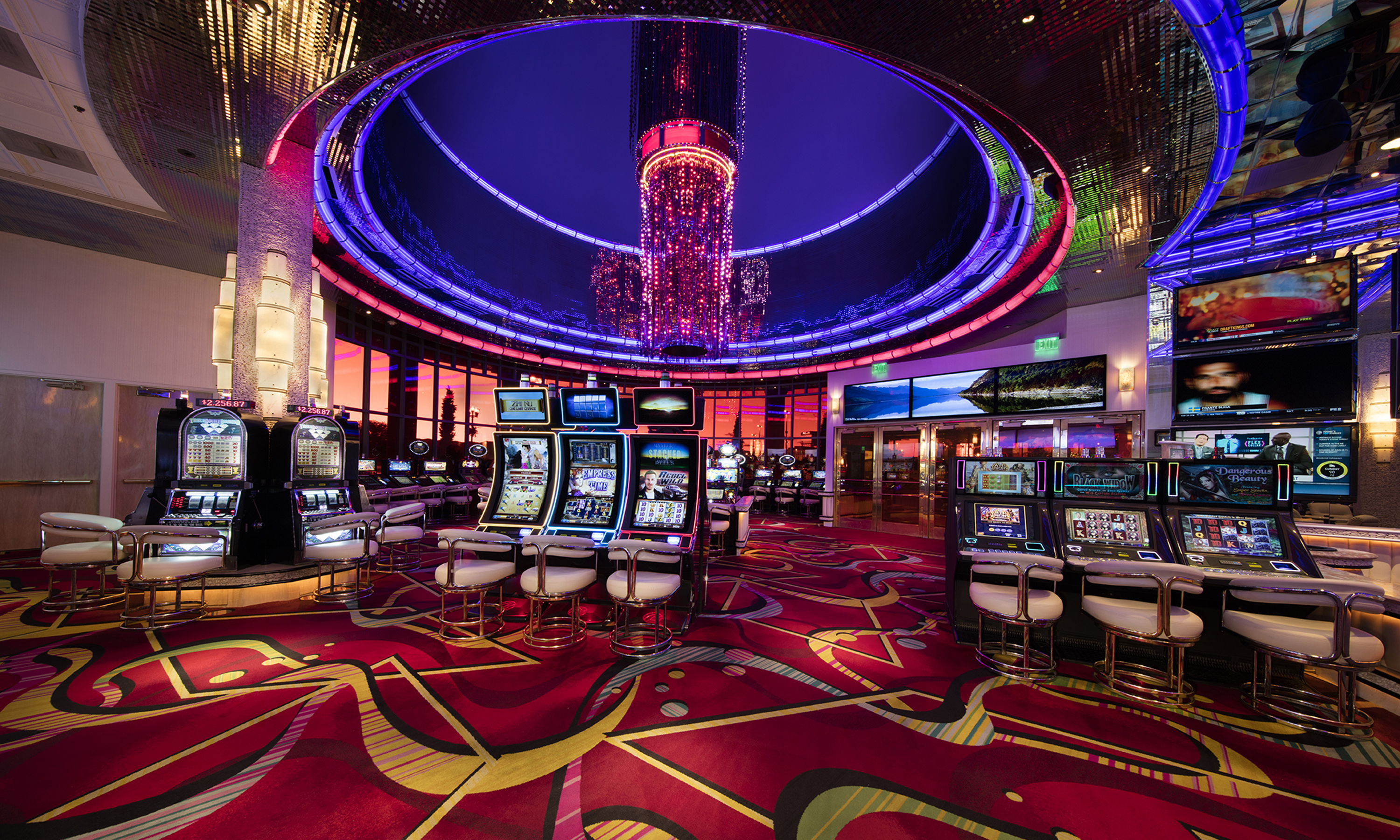Transitioning from Page to Screen: Top Live-Action Anime Adaptations

Comic books has long been a vibrant and impactful part of Japanese culture, captivating readers with its signature art styles and compelling storytelling. As the popularity of these graphic novels continues to rise internationally, many narratives are making the leap from print to screen, transforming iconic characters and plots into real-life films and series. This transition often ignites fervent discussions among fans, as they evaluate the merits of bringing manga to the screen through live performances and tangible environments.
The most successful live-action adaptations strive to embody the spirit of their source material while also providing a innovative perspective that can revitalize into familiar tales. Whether it is the thrilling action of shonen manga or the emotional richness of slice-of-life stories, there is something remarkably captivating about seeing these tales unfold in a different medium. In this dive of the best live-action manga adaptations, we will delve into the films and shows that have successfully bridged the gap between paper and screen, celebrating the wonder that happens when artistry meets live performance.
Best Live-Action Remakes
Live-action remakes of Japanese comics have garnered significant interest over the years, showcasing the vibrant storytelling and unique visual styles that manga is known for. A prominent title in this realm is "Death Note," which has engaged audiences with its mind-bending thriller aspects. The original manga’s intricate story about a teenage student who gains the power to kill anyone by inscribing their name in a notebook has been translated into various films, with the local adaptations often getting acclaim for their faithfulness to the original work.
Another significant adaptation is "Rurouni Kenshin (series)," which portrays the adventures of a traveling swordsman in the Meiji era. The film series captures the essence of the manga through stunning action scenes, character-driven narratives, and a dedication to period authenticity. Fans have applauded the way the filmmakers managed to balance thrilling fight sequences with the deeper themes of redemption and the consequences of war, all while remaining faithful to the spirit of the original work.
"Battle Angel: Alita" is also a significant entry in live action remakes. Based on Yukito Kishiro’s manga "Gunnm," this film brings a futuristic cyberpunk world to life, featuring state-of-the-art visual effects and a powerful performance by Rosa Salazar as the titular character. The film has ignited renewed enthusiasm in the manga and has brought Alita’s compelling story to a wider audience, highlighting the capacity for manga stories to flourish in film.
### Key Elements for Success
To create a successful realized interpretation of a manga, it is crucial to remain true to the original content while enhancing it for a different medium. This involves comprehending the core themes and narrative trajectories that define the manga, ensuring that these elements are accurately represented on screen. Fidelity to character portrayal and personality is vital; fans often have a deep emotional bond to the original artwork and storytelling, so capturing the heart of beloved characters can significantly influence the acceptance of the adaptation.
Another important consideration is the choice of filmmaker and scriptwriter. A profound understanding of both the manga and the filmic techniques is essential for translating the story effectively. 888b Directors who respect and comprehend the nuances of the original work can craft a narrative that resonates with audiences, balancing the aesthetic with a strong plot. Working together with the original manga creators can also provide significant guidance and help avoid issues that detract from the adaptation.
Lastly, production quality has a significant role in the success of live-action adaptations. Elements such as performance choices, set design, costume fidelity, and visual effects must be diligently executed to create an authentic experience. High production values can engage audiences in the realm of the manga, making the transition from page to screen more seamless. By prioritizing the visual and narrative integrity manga, adaptations can capture both the spirit of the work and the attention of new viewers.
Audience Reactions and Reviews
Audience reactions to live-action adaptations of manga are often mixed, reflecting the varied expectations of viewers. Many enthusiasts come to adaptations with high hopes, eager to see beloved characters and stories translated to the screen. However, these expectations can lead to disappointment, particularly when the nuances of the original material are missed in translation. Viewers frequently voice their concerns about character portrayals and alterations in the storyline, feeling that adaptations can fail to capture the spirit of the manga.
Reviews often center around the aesthetic and narrative fidelity of the film. Viewers pay close scrutiny to costume design, visual effects, and acting performances, wishing to see a true representation of the source material. When adaptations deviate too much from the source artwork or alter significant plot developments, passionate debates arise within the community. Some fans appreciate creative liberties that improve the story for a different medium, while others vehemently oppose any deviation from the original comic’s storyline.
Ultimately, the effectiveness of a live action adaptation depends on its capacity to connect with both existing fans and new audiences. While some adaptations find a successful balance that pleases a broader demographic, others may find it difficult to navigate the high standards set by the original manga. The conversation surrounding these adaptations keeps to evolve, revealing the challenges of translating beloved stories from comic to film.